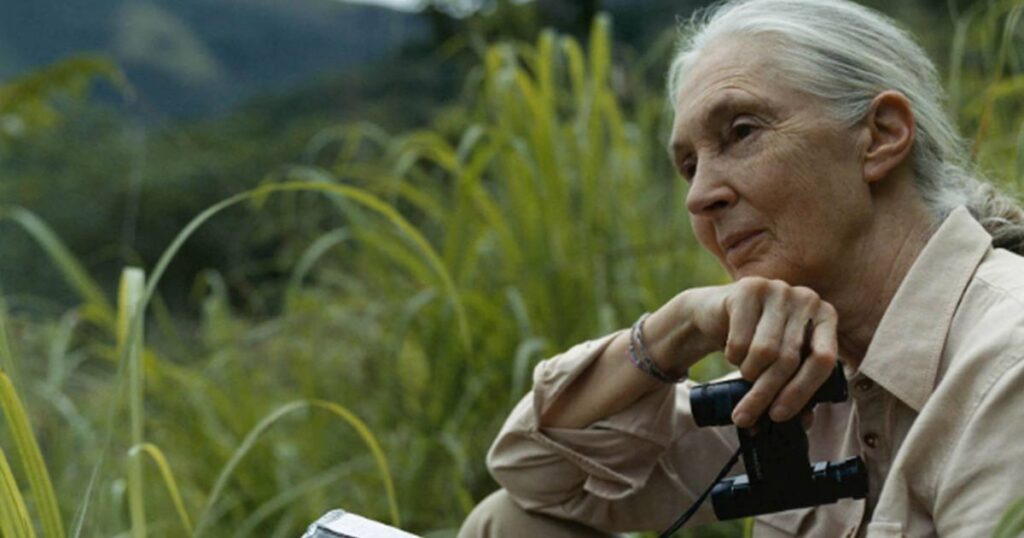
I define a transformative experience as a learning experience that has an identity impact, changing our sense-of-self in some important way. My work has led to a fundamental understanding at the core of how transformative experiences unfold:
Transformative experiences do not happen to us, they are created by us . . . whether we realize it or not.
This is primarily because of our narrate-ability, or how we “storify” our lives. Every experience we have is ultimately translated into a narrative – something we are hardwired to do. Our most powerful experiences are translated into our most important narratives; they become part of our identity narratives. These are the stories that inform who we are, how we experience life, what we can do (and what we cannot do), and who we want to become. When an experience alters our sense of self through this process, it becomes a transformative experience, and it has the power to change our lives from within, the lives of others, and the world beyond.
Let me share an example. A few years back, I was a new board member for the Jane Goodall Institute. But I felt lost and unsure of my place. I often chose to hold back rather than rock the boat with ideas that were contrary to more experienced members. I was considering stepping aside. But one night I had a transformative experience with Jane that changed everything.
While Jane was in town as part of a tour of the U.S., she called me to announce she was coming over for dinner (phrased much more graciously, of course). Knowing she is the frequent guest of the rich and famous, I immediately became self-conscious about my private little world. I explained to her that our house is quite humble —the home of two young children, overly-affectionate dogs, and an unremitting mess that migrates around. “Perfect!” she said. “We’ll be there in thirty minutes.”
I panicked into action. Get food, drinks, clean the house, feed the dogs, shower, and oh my god — we have leather couches and the world’s preeminent animal rights activist is coming to visit! It’s amazing what runs through your mind in such moments.
After dinner, we all settled on the back porch under blankets and a distant October thunderstorm. We swapped stories and pondered the ultimate meaning of our lives for hours. I mentioned how I was feeling self-conscious about my smallish and untidy home (and life). “Who do you think I am, Bradley?” she said to me. “I raised my son in a tent! In the jungle!” Ever the kind heart, she added, “This is my kind of house.”
She went on to explain that people have some funny ideas about her and that she didn’t know who this ‘celebrity Jane Goodall’ was. She was deeply touched by the public’s reception, but the fame and legend were “not my fault,” she said. “I discovered that I can speak effectively on behalf of the animals I love so dearly, because they cannot speak for themselves. But this famous Jane Goodall ‘creature’ is not the real me. I’m Just Jane.”
Later as we were cleaning up, we noticed that Jane had gone inside earlier and never returned. At last we heard my young son Kai upstairs saying, “Come in a little farther to see the spiders!” Jane was on hands and knees with a flashlight, crawling into a secret fort under his bed.
“I don’t mind the spiders,” she said. “I just don’t think I can turn round again if I go all the way in!” But she did—of course she did. She’s Jane Goodall.
It was a surreal and magical night.
Whatever I had previously thought about the legendary Dr. Goodall from growing up learning about her discoveries in Tanzania, to the dozens of books and documentaries about her, to her work as a UN peace messenger, and her mythologized pope-like status as a symbol of hope—beyond all that, on this night, I met “Just Jane.” And doing so unlocked “Just Brad.”
In one night, I went from passive board member to contributing everything I had no matter how humble. I served on the executive team for the Jane Goodall Institute, led fund-raising events, chaired the Roots and Shoots leadership committee, and still today include Jane’s important work as part of everything I do, from speaking engagements to neighborhood pizza parties to books and blogs like this. This is what Jane does. She inspires. And that wonderful night with “Just Jane” changed me.
But the story I just shared is more than simply what happened that night. The story itself is in fact the mechanism by which the experience changed me. And my new book, Designing Transformative Experiences, explores how this works in detail.
I’m also currently in production for a new documentary called “Just Jane” that delves into the identity questions we started exploring that night. You can view a short clip here: https://vimeo.com/lastoriaproductions/review/800576971/71cc0c10ee
– Brad
Brad Mclain, Ph.D. Is the author of the book, Designing Transformative Experiences, from which this blog is excerpted.Visit www.DesigningTransformativeExperiences.com. Brad will be coming to MEA Baja for a workshop this month.